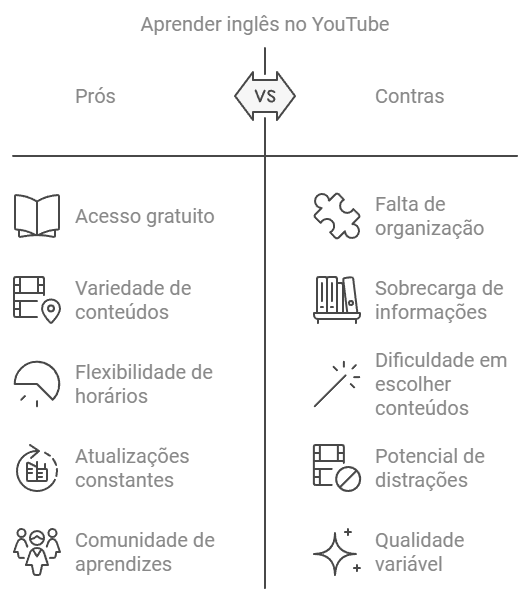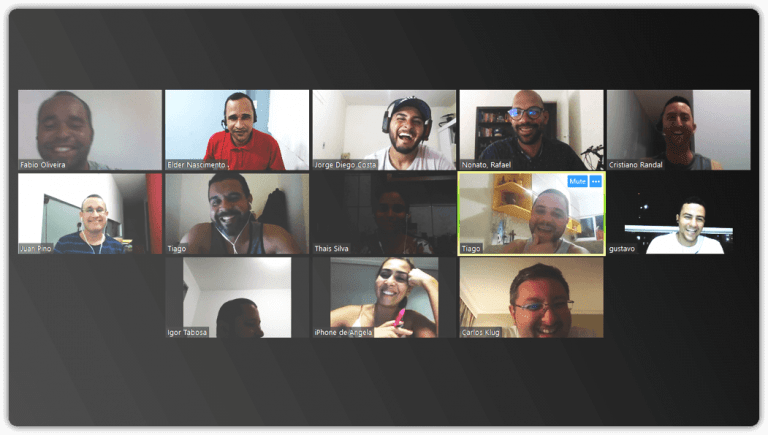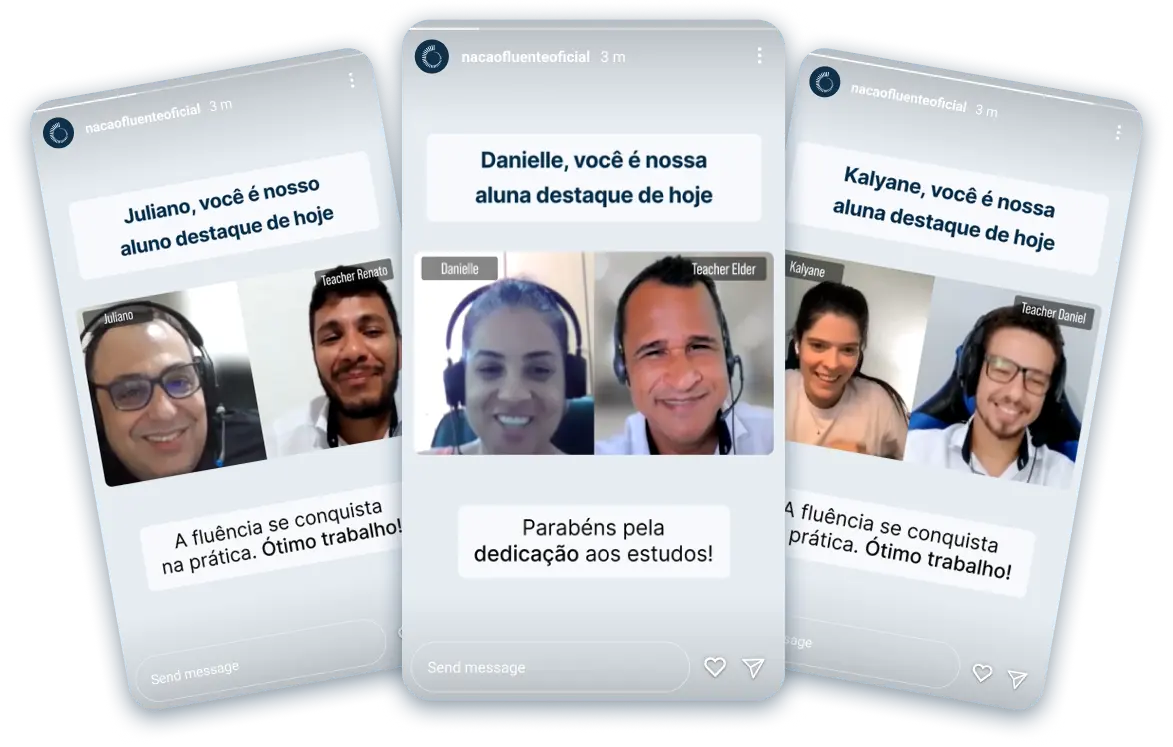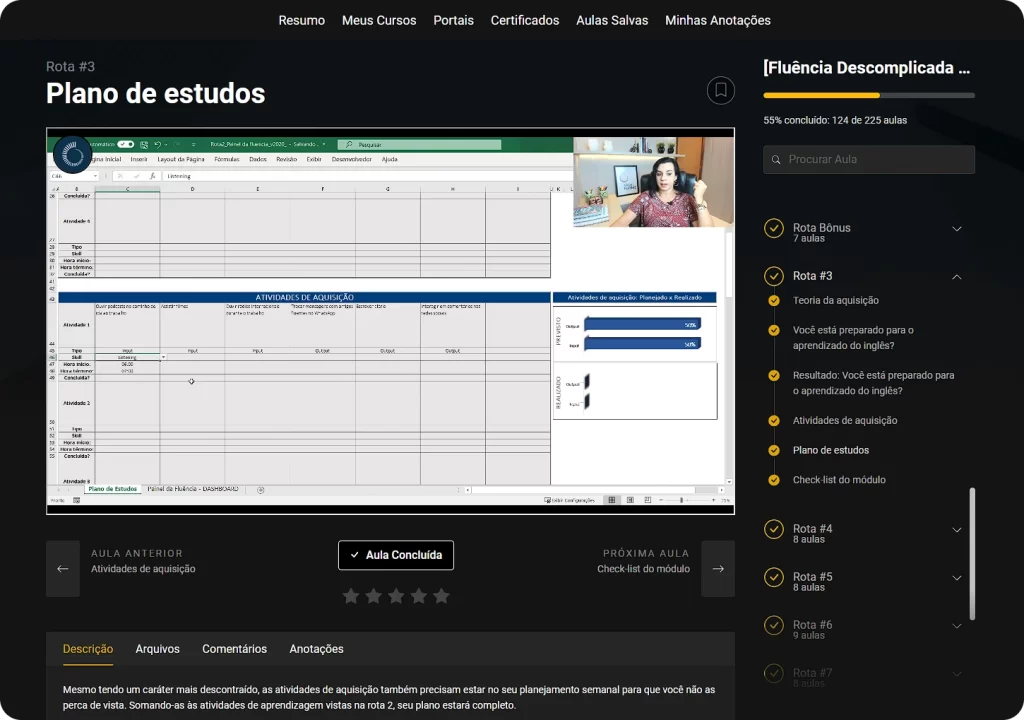O YouTube é uma verdadeira universidade gratuita. Lá, encontramos respostas e soluções para praticamente tudo, inclusive para aprender inglês. No entanto, um dos principais desafios não é a falta de informação, mas sim a falta de organização. Com tantas opções de conteúdo, muitos acabam perdidos, sem saber como montar uma rota eficiente para estudar.

É comum nos depararmos com perguntas como:
- Por onde eu começo?
- Qual vídeo assistir primeiro?
- Qual é a sequência correta para estudar?
Pensando nisso, preparei este artigo para que você possa aprender inglês no YouTube de uma maneira organizada e descomplicada. Você encontrará um cronograma sugerido e uma sequência de vídeos estruturada, que pode te ajudar a sair do nível básico e chegar ao avançado com passos bem definidos.
⚠️ Atenção: o conteúdo deste artigo não se trata de um curso de inglês. Este é um material gratuito desenvolvido para apoiar o aprendizado do idioma.
Primeiro passo: definindo seu cronograma de estudos
Antes de começar, é essencial definir uma rotina de estudos que funcione para você. Não adianta ter acesso a vídeos excelentes se você não souber como encaixá-los na sua rotina. Portanto, recomendo que faça o download do nosso cronograma de estudos, que pode ser personalizado de acordo com o seu tempo disponível. Este cronograma ajudará você a manter a consistência e medir seu progresso ao longo das semanas.
Você pode fazer o download do cronograma neste link. Ele inclui sugestões de duração diária, como intercalar gramática, vocabulário e atividades de escuta, além de espaços para anotações pessoais.
Segundo passo: aulas de inglês no YouTube
Depois de ter um cronograma bem definido, é hora de mergulhar no conteúdo. Aqui, organizei as aulas de inglês em vários níveis, desde o iniciante até o proficiente, e categorizei-as em gramática, vocabulário e tópicos específicos.
Aulas organizadas por níveis
A1 - Iniciante
A2 – Básico
B1 – Intermediário
B2 – Intermediário Superior
C1 – Avançado
C2 – Proficiente
Faça o download dos cronogramas para organizar seu estudo de forma estruturada e eficiente:
Dicas para aproveitar melhor os vídeos do YouTube
- Ative as legendas: muitos vídeos em inglês possuem legendas automáticas ou feitas pelo criador. Ativá-las pode ajudar na compreensão, especialmente nos níveis mais iniciais.
- Mude a velocidade de reprodução: o YouTube permite que você diminua a velocidade dos vídeos. Isso é útil quando você ainda está se acostumando com a fala mais rápida dos falantes nativos.
- Interaja com o conteúdo: pausa o vídeo e repita frases em voz alta. Isso é fundamental para melhorar sua pronúncia e compreensão auditiva.
- Mantenha um caderno de anotações: anote as palavras e expressões que você aprende. Isso ajudará a fixar o vocabulário e será úteis para revisar posteriormente.
- Use ferramentas complementares: ferramentas como Quizlet ou Anki podem ser usadas para criar flashcards e revisar o vocabulário aprendido nos vídeos.
- Estabeleça metas claras: defina metas semanais para acompanhar seu progresso, como “assistir 5 vídeos e fazer anotações”, ou “aprender 20 palavras novas”.
Com estas dicas, você estará mais bem preparado para aprender inglês usando o YouTube e aproveitando ao máximo essa verdadeira mina de ouro de conteúdo gratuito. Bons estudos!




